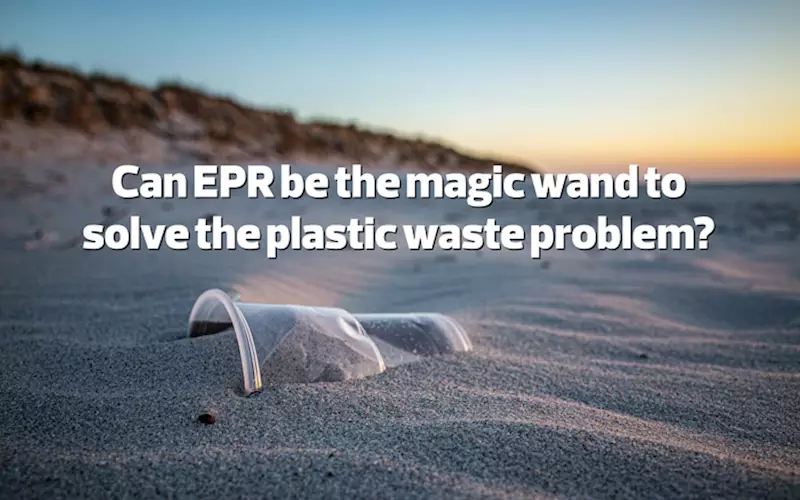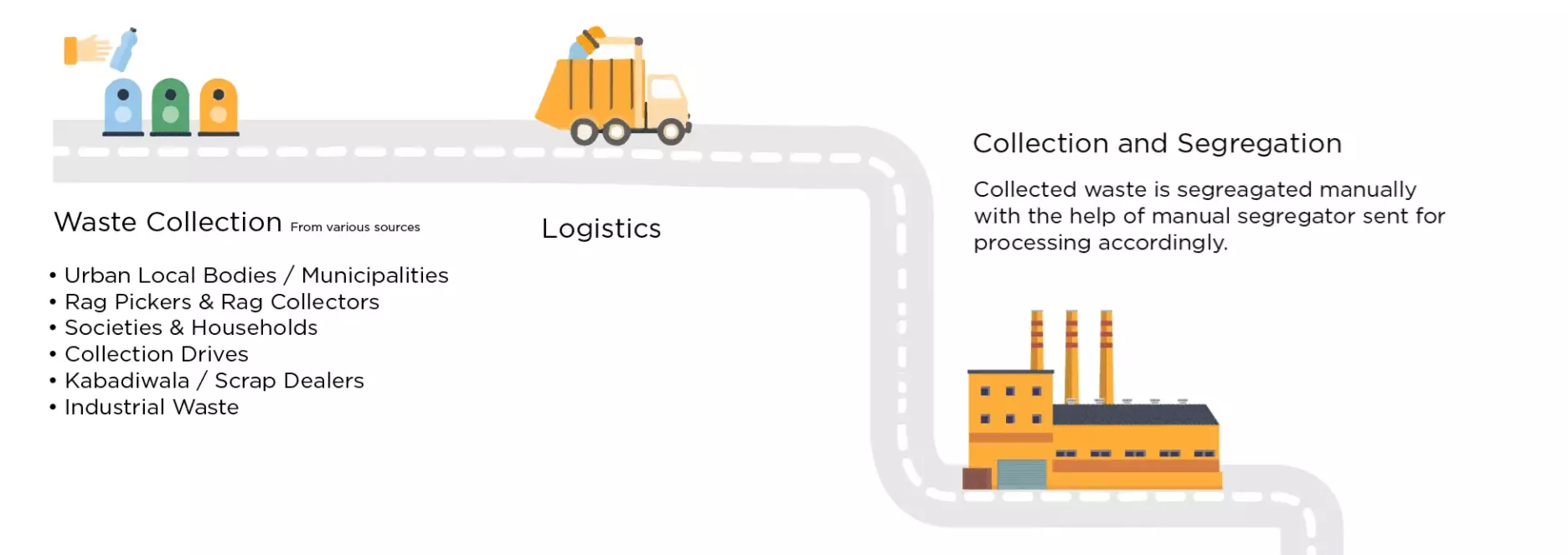Can EPR be the magic wand to solve the plastic waste problem?
This EPR policy was introduced on 7 October 2021. Some say it is a good policy; others say, it can easily be reduced to a CSR activity. Some say there is a lack of cooperation between the various players across the plastic value chain; others say what we require is a bottom-up approach instead of a top-down push. A WhatPackaging? report by Mansi Gupta.
03 Feb 2022 | By Mansi Gupta
On 28 January, the PHD Chamber of Commerce and Industry organised a webinar titled Decoding EPR – Challenges, Opportunities and Way Forward in India. The 90-minute session looked at plastic waste and its management in lieu of the Extended Producer Responsibility (EPR) policy. The 12 panellists discussed the laws that mandated responsibilities for manufacturers and brand owners for the end-of-life management of their products.
Saket Bhatia, the chairman of the PHDCCI Packaging Committee, welcomed the 270 delegates to the session and highlighted the importance of environment, packaging and recyclability in his welcome address. Bhatia mentioned how important was the role of the Indian packaging industry. He said, "The sector occupies the fifth-largest position in the Indian economy. On a global scale, the industry is worth USD 870 billion, of which the Asia-Pacific region accounts for 38%. Around 40% of the plastic is constituted by rigid and flexible packaging and this makes EPR necessary. According to a study quoted by Bhatia, 30% of municipal waste is rendered by wasteful packaging.
Swapan Ray, packaging industry veteran, moderated the session. In his opening remarks he mentioned how the Indian Centre for Plastics in Environment has played "a significant role in developing the first protocol on the use of plastics in paving roads with CRRI as well as co-processing of plastic waste in ACC cement in the cement kiln." Ray mentioned that we need a packaging design and new solutions that eliminates waste and pollution, circulates products and materials, and regenerates nature.
Rachna Arora of EU - Resource Efficiency, India, and GIZ circular economy, requested the industry members to look at EPR as a circular economy approach. She categorised the levels of plastic waste from rigid, flexible to multilayer plastic. Arora pointed out the challenges and enablers to EPR implementation. A major challenge of the EPR system includes reporting and monitoring by local producers and recyclers who are not included in the system.
Biswajit Dutta from Mother Dairy talked about how they were the first in November 2018 to obtain the registration under CPCB for plastic waste management rule. The company has done EPR for at least more than 8,400 metric tonnes in terms of multi-layer plastic and single-layer plastic for pan India .
Swati Sambiyal of UN-Habitat, spoke about how the evolution of law would be ideal as the system grows and develops. She even pointed out that apart from packaging, other sectors to look into were sanitary napkins and diapers, where one could ask the PIBOs to look into how to manage waste. She spoke about how innovation and material design are key factors. She posed the question: Are we ready to deploy more recycled content in our packaging?
Sambiyal ended her note by saying how certain standards for recycled polymers are important if humankind is keen to preserve the planet. Also, she mentioned that there should be a clear focus on ways we can stop the problem before it starts - not just how to improve by cleaning it up.
Nitin Mishra, associate manager corporate of EHS and Plastic Waste Management at Dabur India, specified how there is "very little clarity in the EPR draft in terms of the targets". He mentions since EPR is newly introduced, the system is lacking the infrastructure it requires at the moment. Mishra mentioned how each brand has different packaging specifications, and how it would be difficult for one to reuse the same product for the same application. His key point mentions that many bodies are claiming to make R-PET, but there isn't a definite governing system to determine if there is a standardised R-PET. He hoped that there is clarity from the CPCB, which will be helpful for brands such as Dabur to plan for the future. Mishra ended his note by saying a colour-coded system is required to determine diverse categories of biodegradable plastic as it will ease the identification process.
Sanjay Gupta, vice president, DS Group spoke about the need to hasten the process without complex laws being enforced on us. He mentioned how we extend the shelf life of the products by adding different layers to the package, which in turn harms the environment as the decay rate gets extended.
Jeevaraj Pillai, joint president – Packaging and New Product Development, UFlex, started off his presentation by mentioning that if a company uses biodegradable material for the packaging, they don’t have to fulfil the EPR target, and how this initiative is the first of its kind. Pillai highlighted the difference between compostable and biodegradable packaging. Composting is done under predefined conditions and requires a composter in the infrastructure. The entire issue in the waste management system is the collection aspect, so compostability doesn’t solve it. Biodegradable means product packaging, which does not get picked up in the cycle, and can decompose on its own, without external conditions. Pillai stated that we need to make the existing packaging biodegradable, which decomposes over a period of time without any external factor and is irreversible.
Listening to Pillai, one wondered if there is a Green Gap between what our industry talks about; and the rest of society. Later when this scribe spoke to a few industry insiders, they said they fear that confused consumers might put compostable plastic in with conventional plastic or non-recyclable material, wrongly assuming it will biodegrade in the open environment. Some mentioned that solving the plastic pollution problem without increasing other environmental burdens “will require an approach that tackles wider concerns around unsustainable resource use”.
“Sustainability comes through recycling,” stated Rahul Poddar, managing director of Shakti Plastic, vice president for plastic recycling at MSMECCII. He spoke about how recycling is important in the whole value chain. His company now focuses on producing high-grade granules, which can be used for packaging and food-grade applications. The shift in the system is helping people at the ground level to "make good money out of the recycling system".
Varij Sharma, founder and partner of Gravitas Legal, speaks about the legal framework, which governs the EPR policy. He said that the EPR policy doesn’t try to curb the production of plastic, but focuses more on the management of it. His conversation specifies how rather than introducing penal provisions, we have to introduce provisions that have to incentivise all stakeholders involved so that they are pushed towards implementing and ensuring the implementation of these regulations in the best manner.
The webinar concluded with an engaging Q&A session that covered a range of topics that dwelt on the packaging industry as well as the staggering amount of plastics that manufacturers use, particularly in palletising end products. One of the themes that resonated during the Q&A session was: market-based instruments and regulatory measures for the effective functioning of plastic management models. And with the boom in eCommerce, the industry must relook at packaging design, SKUs, packaging material choices, print methods and other supply chain logistics. The stakes are high, very high.
















 See All
See All